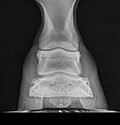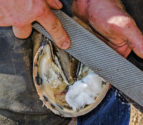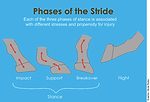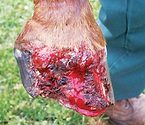Advertise Follow Us
Articles Tagged with ''Radiographs''
North Carolina vet finds these tips improve understanding and communication
Read More
Quick-Hit Highlights From The American Association Of Equine Practitioners Convention
Equine veterinarians share research and thoughts on various subjects on equine foot and limb health, primarily related to their use of magnetic resonance imaging
Read More
Pal Gains Leverage Against Foot Pain
Wisconsin farrier uses device to pinpoint trail horse’s lameness
Read More
Vet, Farrier Tackle Tough Abscess Case
Retired barrel racing horse suffers severe bruising, abscesses after pulling shoes
Read More
Evaluating Static And Dynamic Balance
California equine vet and farrier shares his systematic approach
Read More
Nothing Routine About Hoof Avulsions
Iowa farrier explains how to approach these tough cases, as well as supporting and protecting the foot
Read More
The Ideal Hoof Angle Depends On The Horse
No single number should dictate how all horses are trimmed
Read More
Photographing Your Work as a Farrier: Help or Hindrance?
Consider perspective when photographing equine feet — and when you evaluate this work later
Read More














